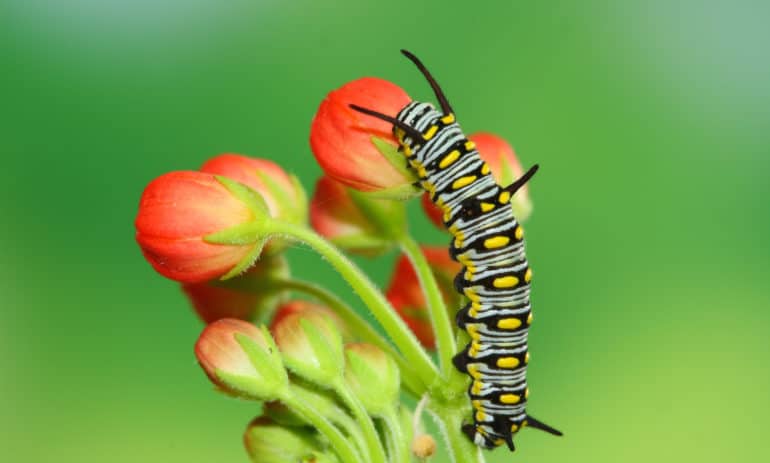 |
| Edible Insects |
Charlotte Payne studies the environmental, health, and
socio-economic impacts of using insects as food with the Department of
Zoology at Cambridge and the Department of Population Health at Oxford.
Working in collaboration with others at Rothamstead Research Institute
and the University of Ouagadougou, Payne is developing methods to combat
food insecurity in Burkina Faso through breeding a popular edible
caterpillar species.
Her project, Achieving Food Sovereignty with Edible Insects, made the BCFN YES! Competition finals in 2016.
Charlotte Payne spoke
about her passion for food and agriculture research and the role of
edible insects in tackling food insecurity and environmental
degradation.
What inspired you to become involved in food and agriculture research?
Charlotte Payne (CP): I love wildlife and
jungles, so that’s where I began. When I began doing fieldwork in
biodiverse, tropical forest environments, I also met the people who
lived on the edges of the protected areas. I saw and heard stories of
conflicts and difficulties overuse of forest resources and clearance for
agriculture. I wanted to know if there was anything that I could do, as
a researcher, to improve their situation and lessen the conflicts. It
took me a while, but I eventually realized that one of the things I had
been studying in the first place—insects—could provide a solution. On
the one hand, wild-harvested insects are a source of wealth and
nutrition to many of the world’s most marginalized people. Their value
adds value to forests and trees, incentivizing environmental protection.
On the other hand, many farmed insects provide protein more efficiently
than mammalian livestock, using far less land and water and even
thriving on agricultural byproducts. The more we value and understand
insects as a source of food, the better we’ll be able to achieve a
healthier future for ourselves and for the planet. This is what inspired
me to become involved in food and agriculture research.
Congratulations on your project Achieving Food
Sovereignty with Edible Insects making the BCFN YES! Competition finals
in 2016. Can you explain the role of edible insects in tackling food
insecurity and environmental degradation?
CP: Thank you! In the context of our
project, we’re working in an area with high food insecurity and high
environmental degradation, where edible caterpillars are abundant for
just a couple of weeks of the year.
We’re trying to develop a method of breeding the
caterpillars year-round, providing a more stable and accessible protein
source for food insecure smallholder farmers, and reducing the need for
further land clearance and deforestation.
Can you describe a typical insect farm?
CP: No—there are many many different
insect farms all over the world! I’ve seen insect farming on a large
industrial scale, where a lot of the processes are mechanised and the
end-products are packaged and sold commercially, and I’ve also seen
insect farming on a very small scale, where everything is done by hand
and the insects are mainly farmed for subsistence purposes and to
supplement family income.
How can food cultures be adapted to improve nutrition worldwide?
CP: I think that wealth inequality is the
greatest threat to good nutrition worldwide, since poverty limits both
education and the accessibility of nutritious food. I do think our food
culture—or rather, our consumer culture—does have the potential to
challenge this inequality, but only if the wealthy are prepared to make
genuine
sacrifices. The most obvious examples are eating fewer
animal-based foods overall, and paying a little more to buy our food
from traceable sources whose production and employment ethics we agree
with. Globally, many of us now have the luxury of choosing to put other
people’s welfare before the demands of our own palates. We might not
manage to do it every time we sit down to a meal, but we can at least
try.
How do you think food and agriculture research can influence policy and create change?
CP: Firstly, through listening to the
people whose lives might be changed by the research—sitting down and
really trying to understand the perspectives of farmers, manufacturers,
marketers and consumers, then adjusting research questions and methods
accordingly. Secondly, through doing ‘good science’—carrying out studies
that gather as much solid evidence as possible to test hypotheses, and
being open-minded about the results. Thirdly and finally, through
engagement with the people who have the power to make change—reporting
results accurately to the press, to policymakers and to the general
public through science outreach.









No comments:
Post a Comment